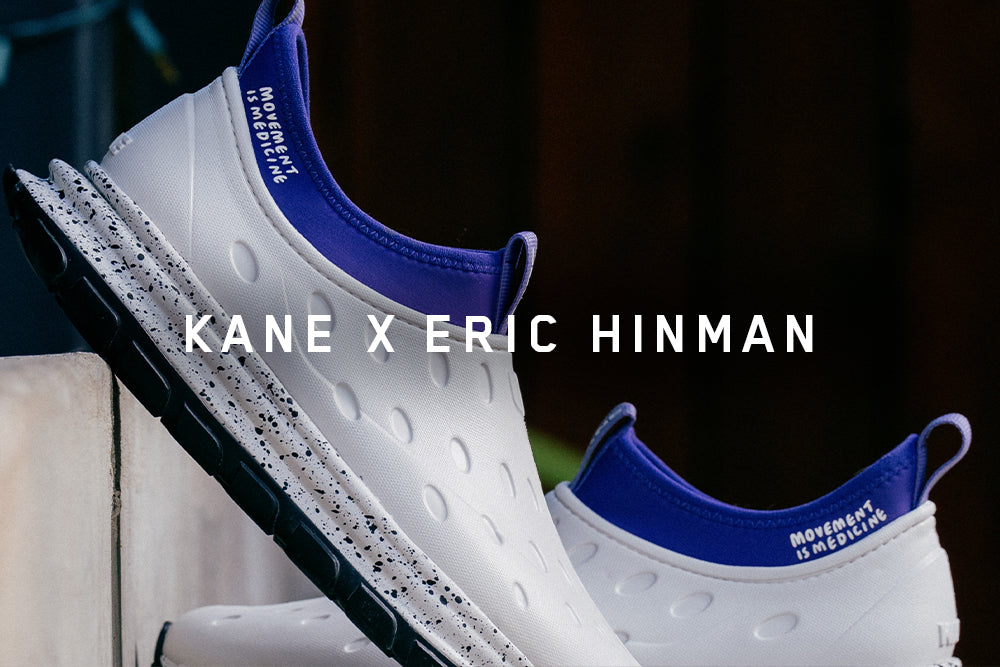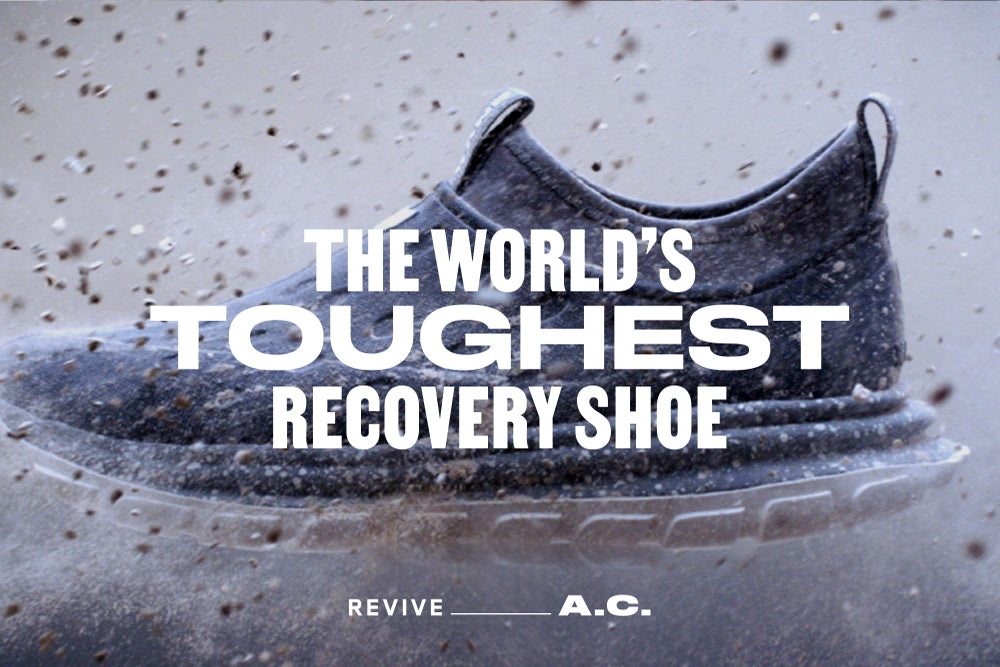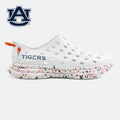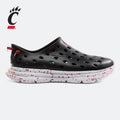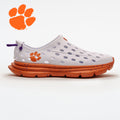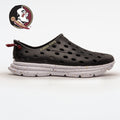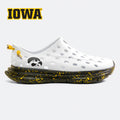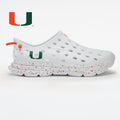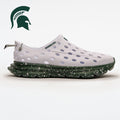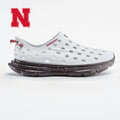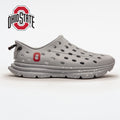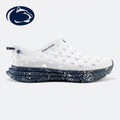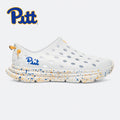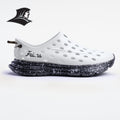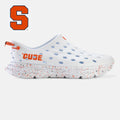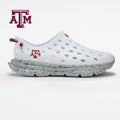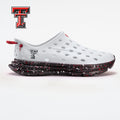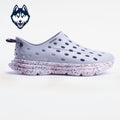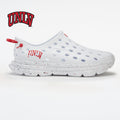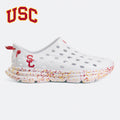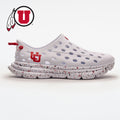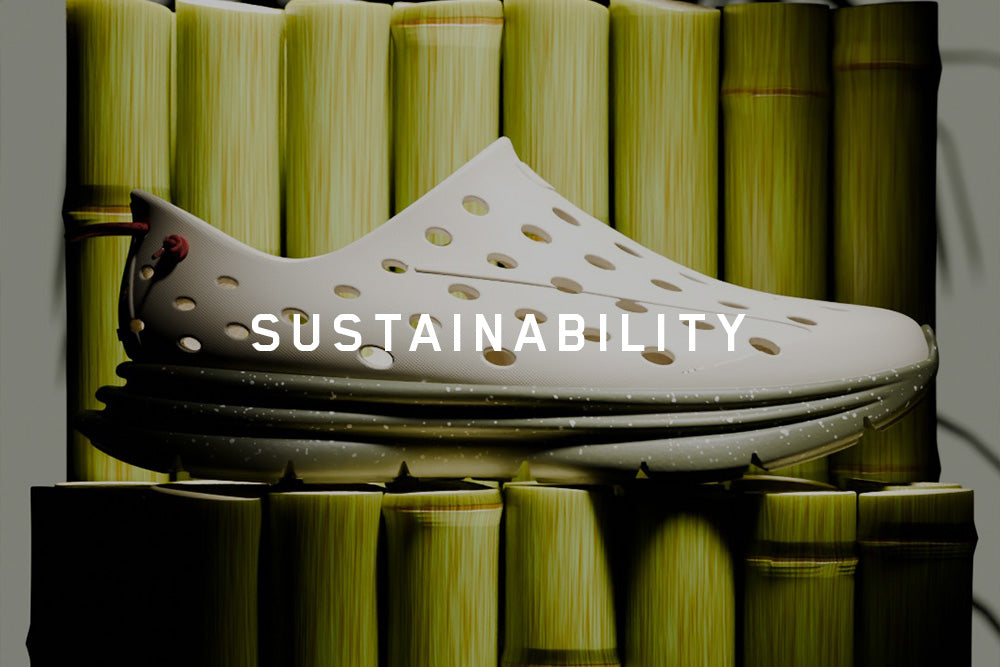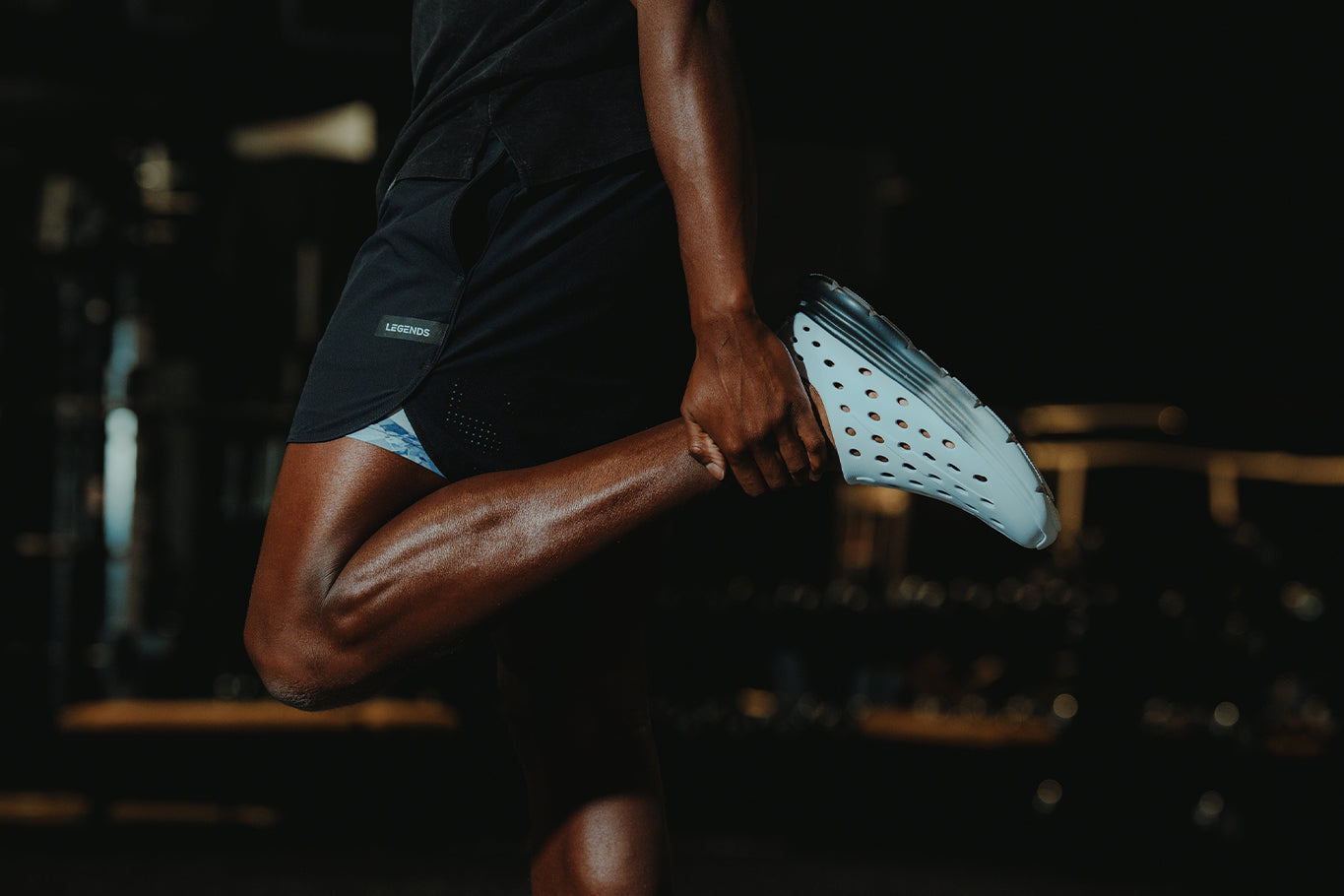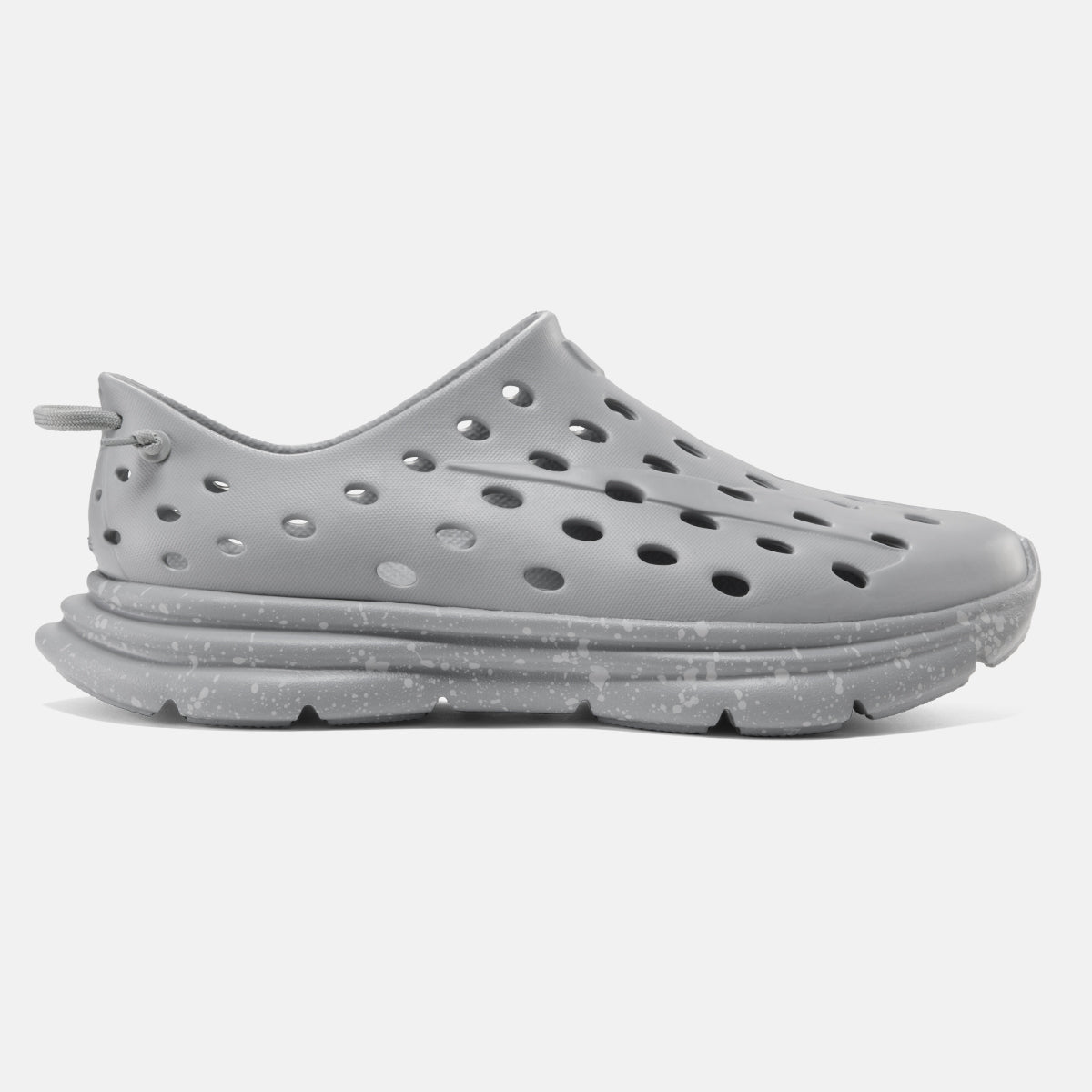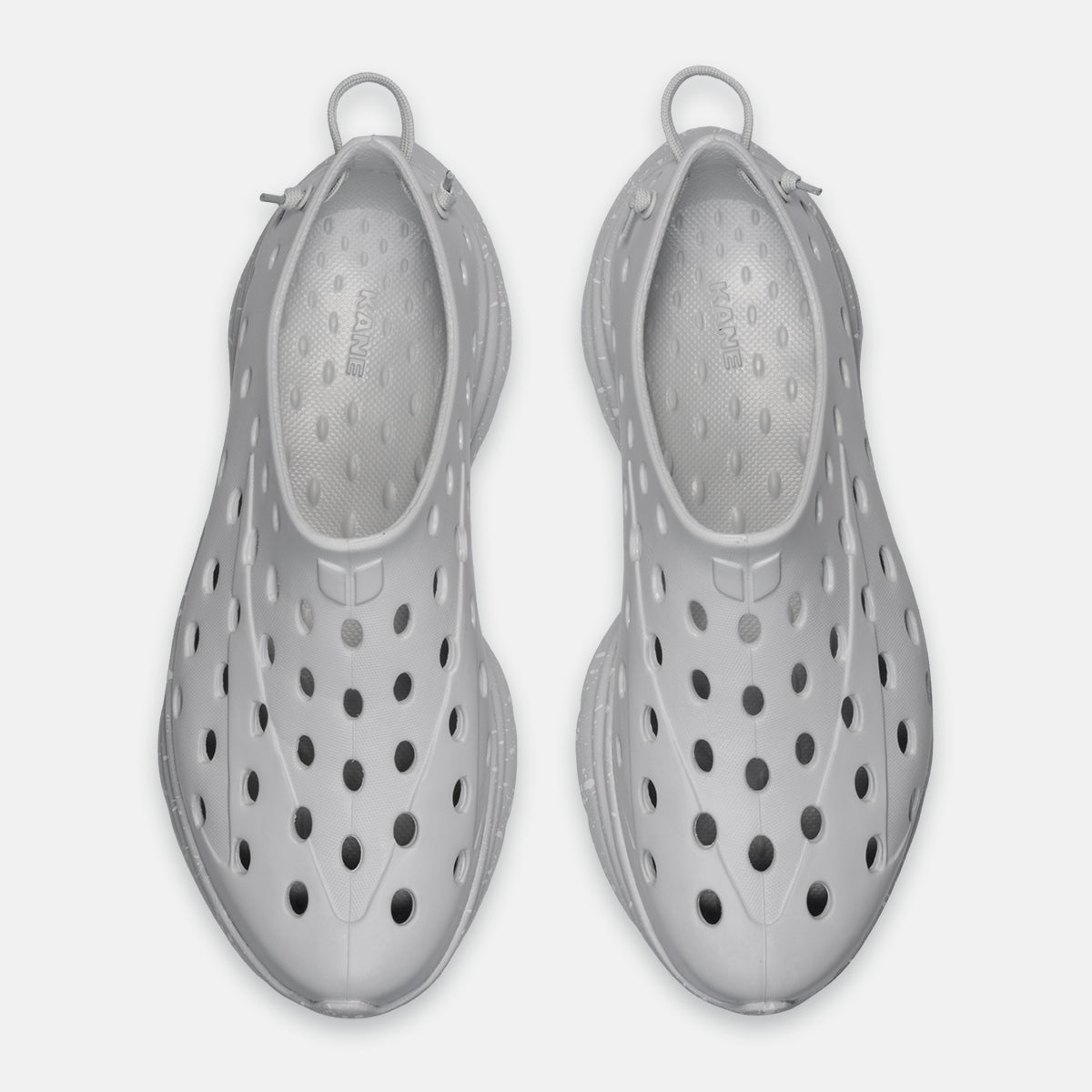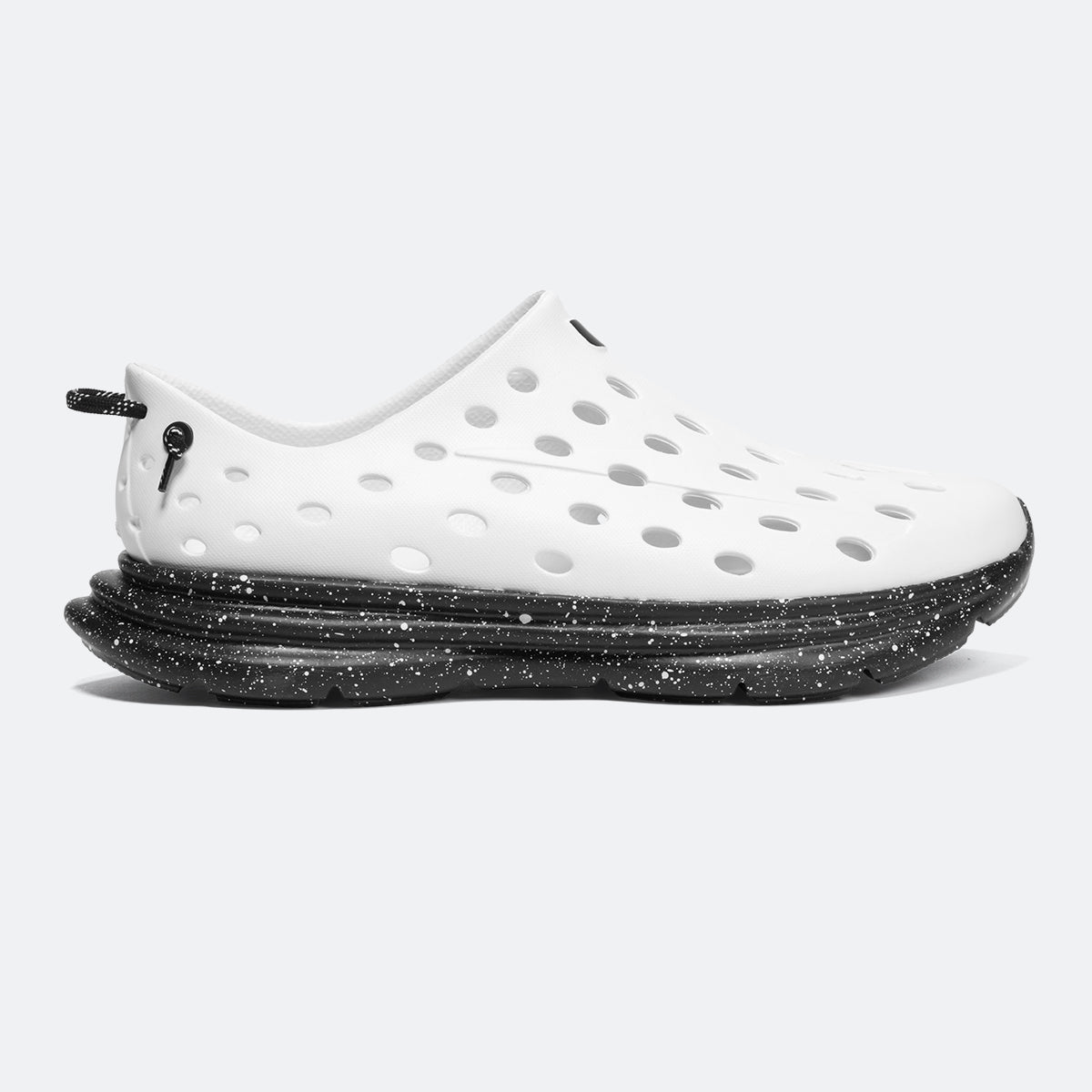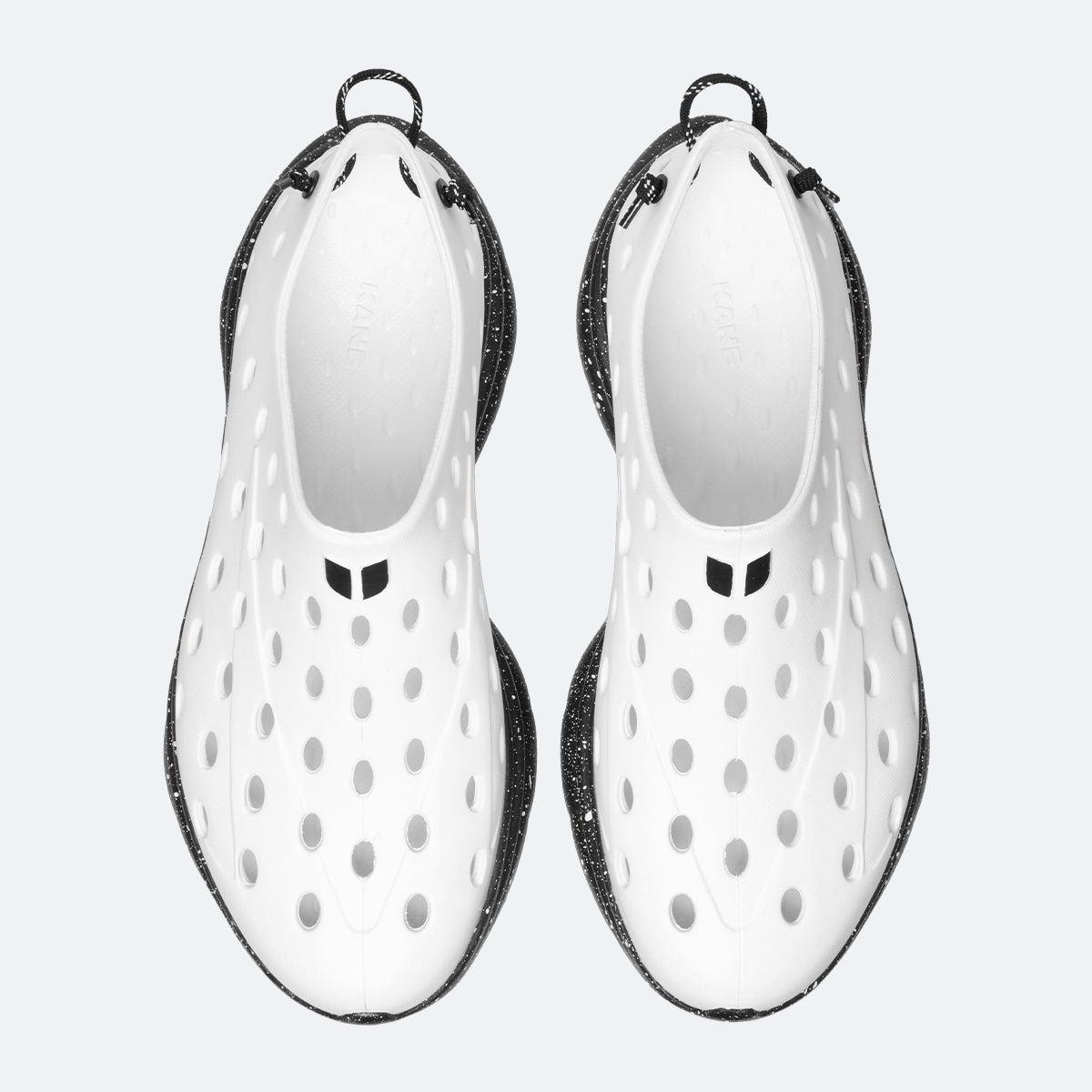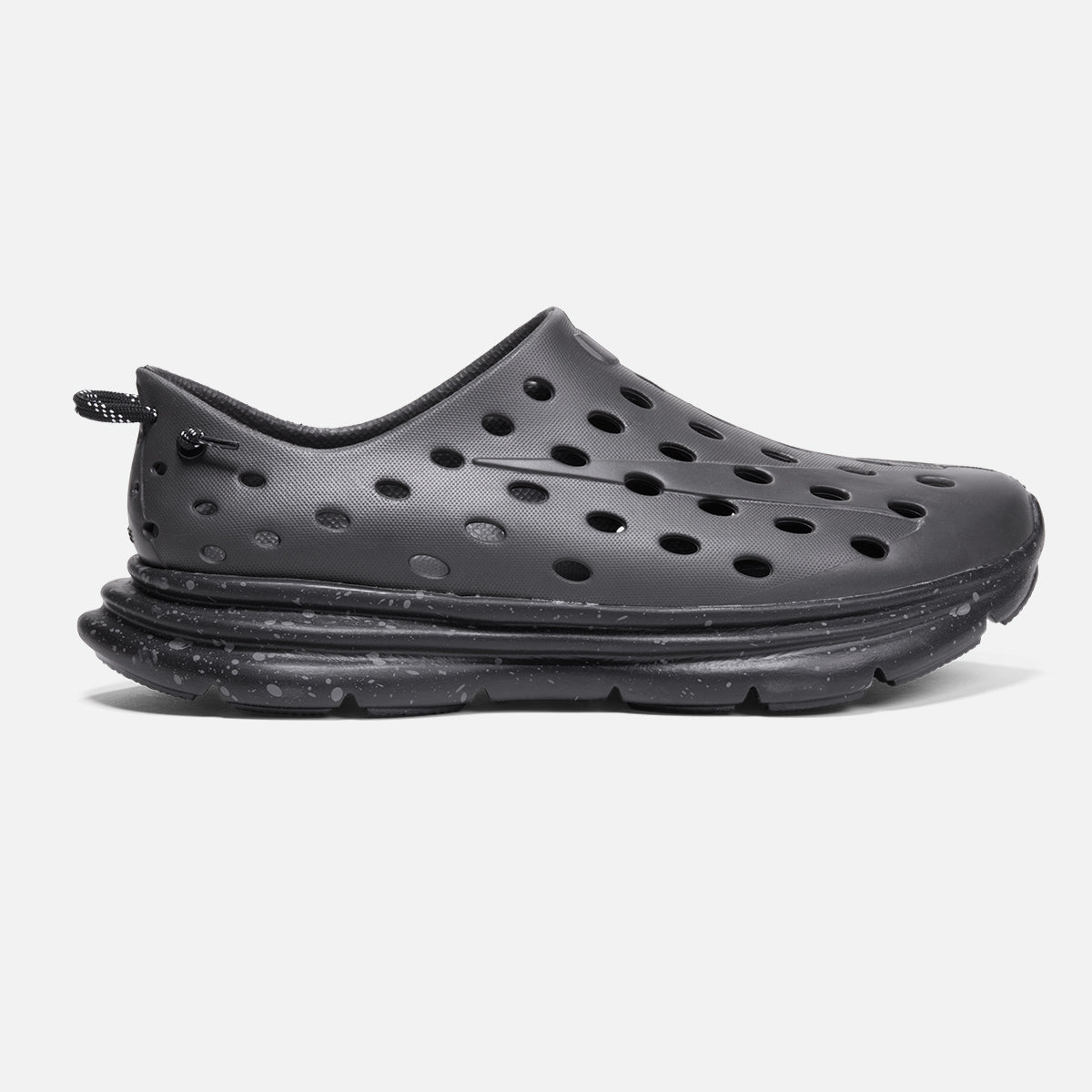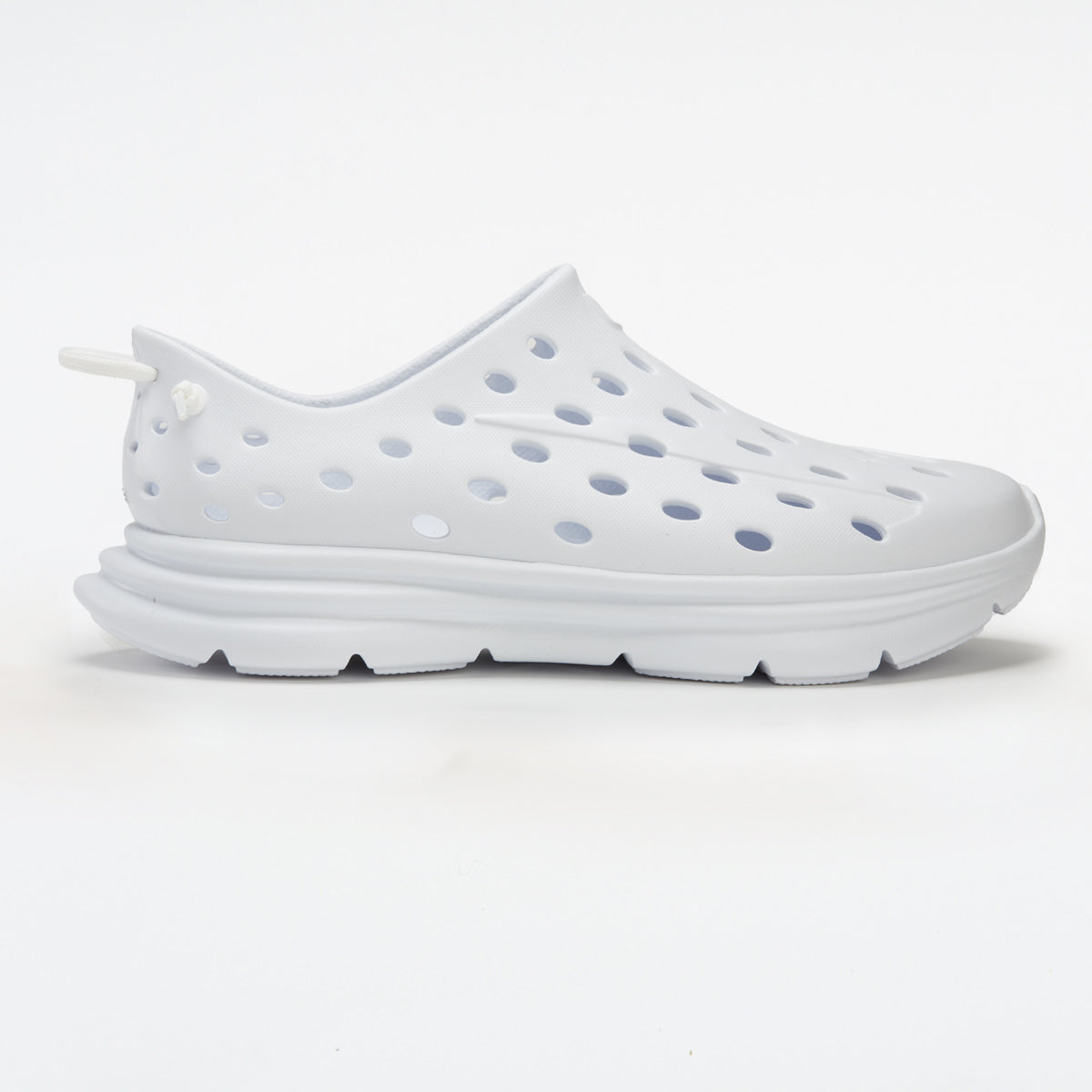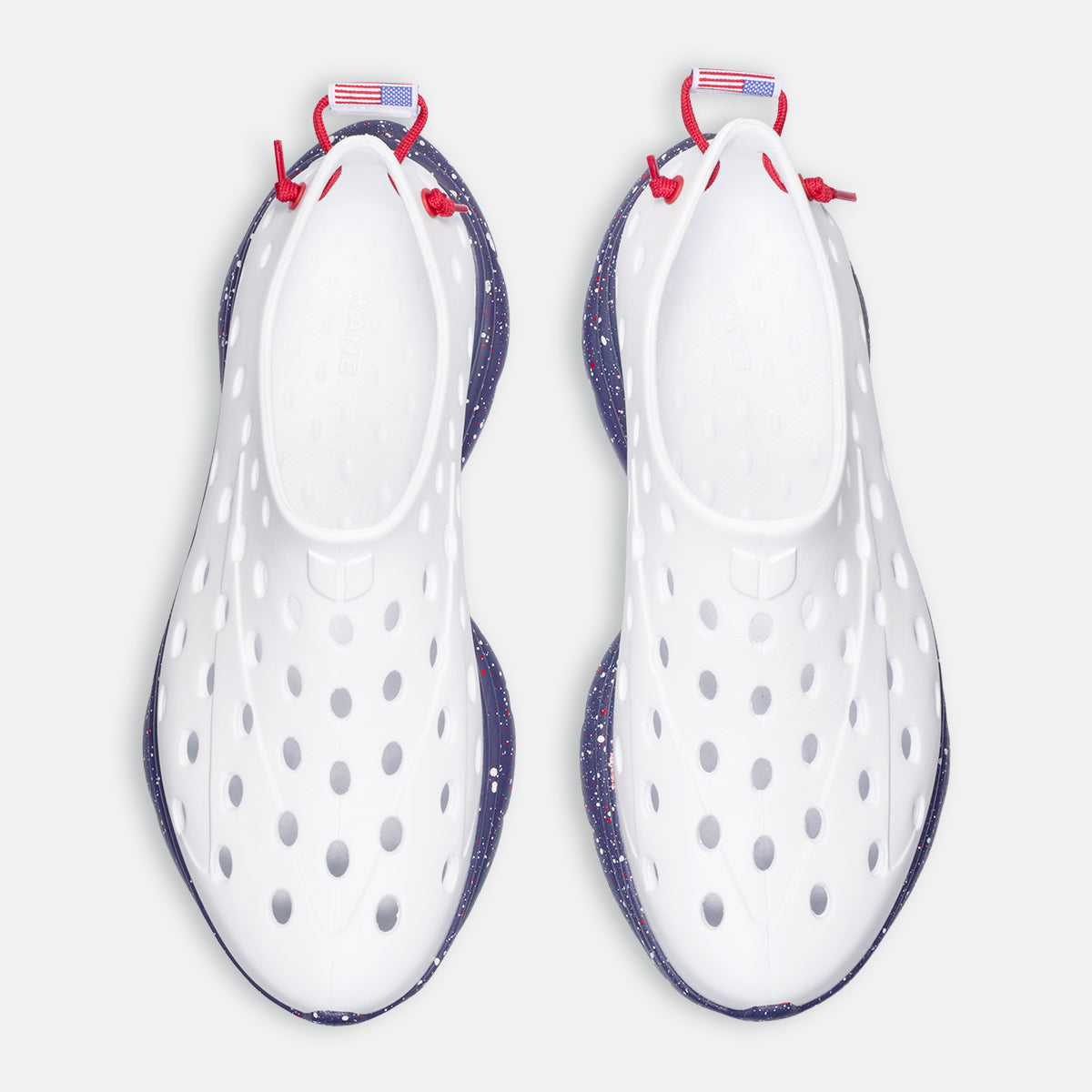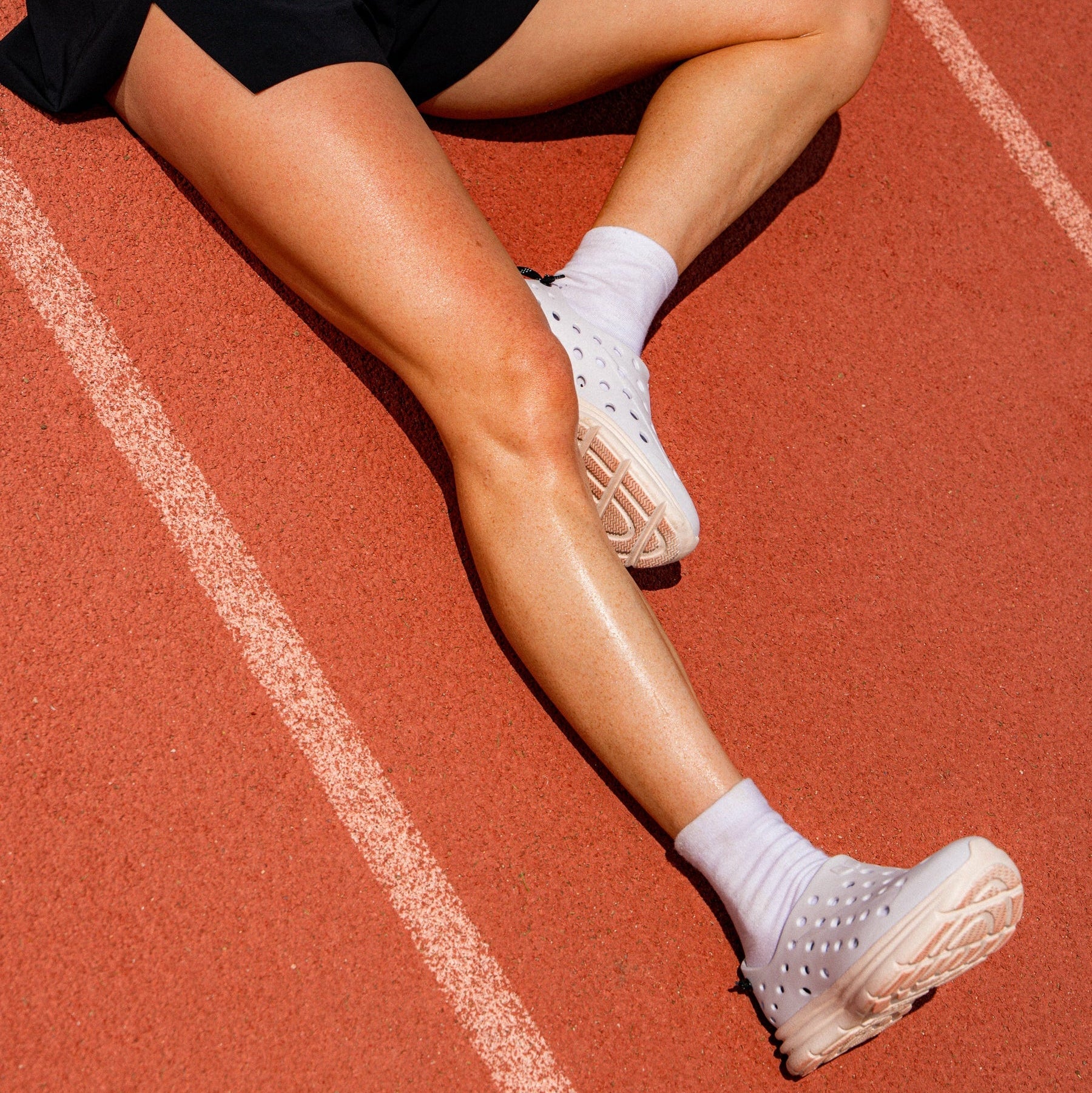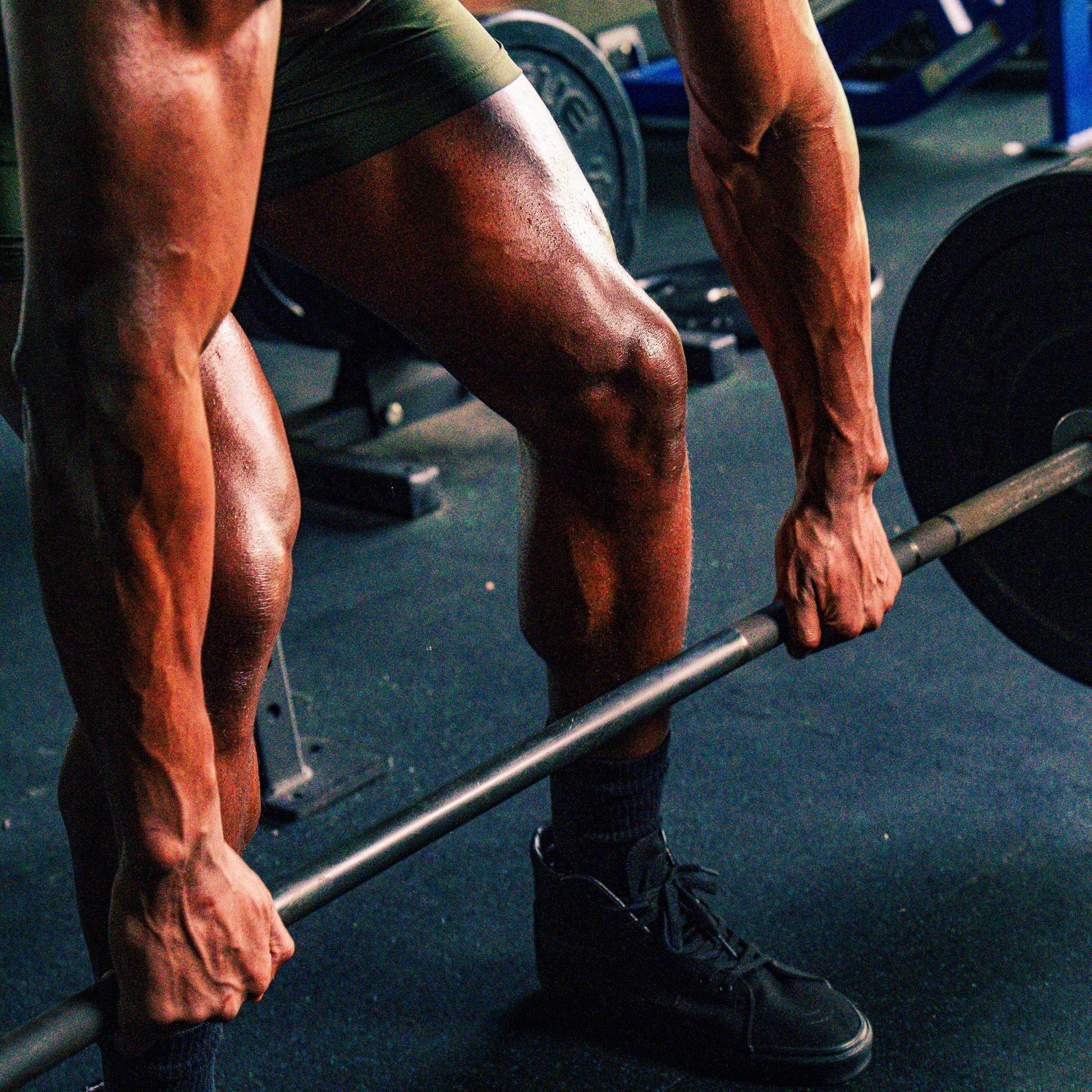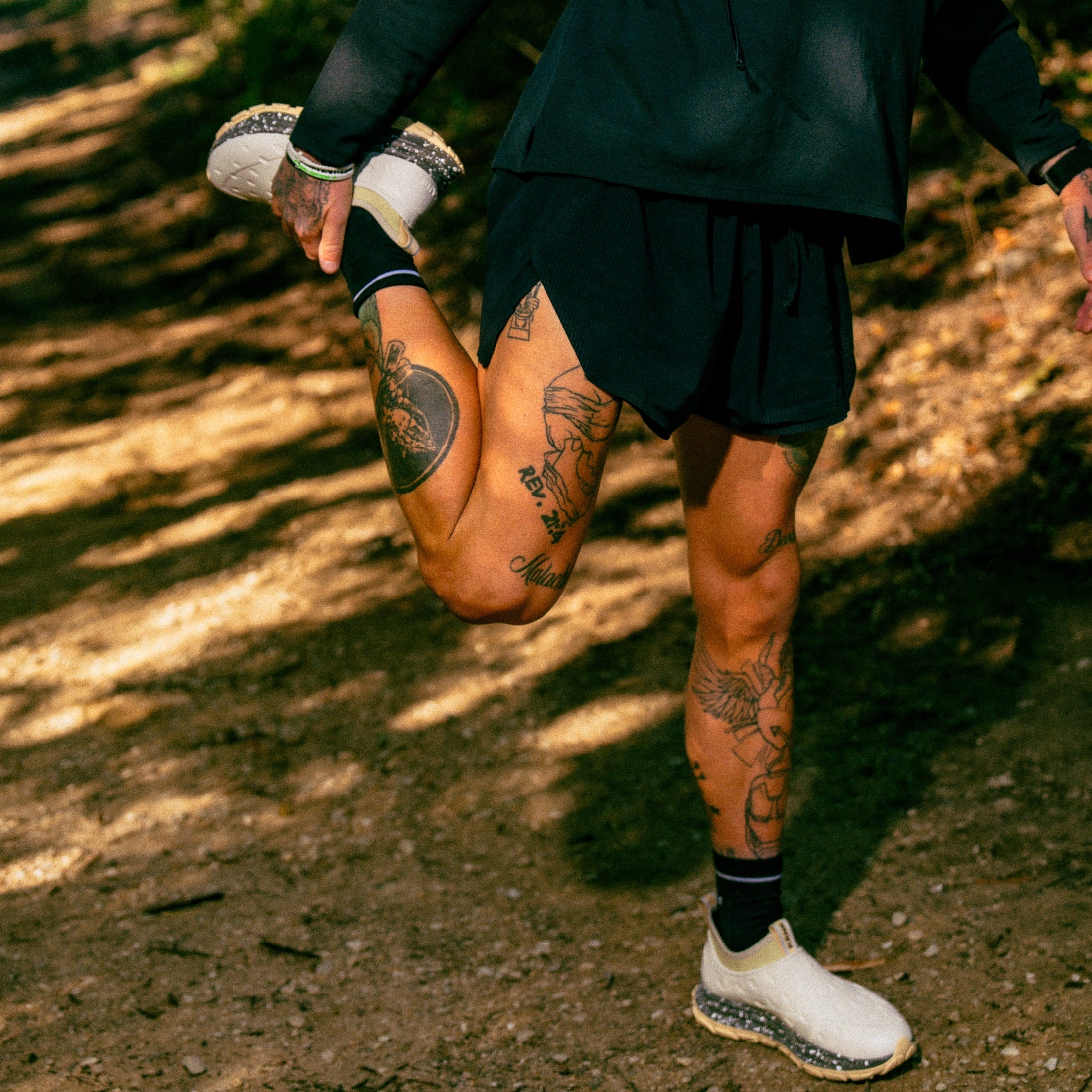That feeling of accomplishment after pushing through a challenging workout can quickly fade when you wake up the next day, barely able to move. If you've struggled to walk down stairs or lift your arms after training, you're familiar with delayed onset muscle soreness—known as DOMS. The good news? You don't have to suffer through DOMS pain for days. So, how to get rid of DOMS faster? These proven strategies will help you recover efficiently and get back to performing your best.
What is delayed onset muscle soreness?
Delayed onset muscle soreness refers to the discomfort felt in muscles 24‑72 hours after strenuous exercise, particularly when performing new activities or increasing workout intensity. Unlike immediate exercise pain, DOMS develops gradually and often peaks one to two days after your workout routine.
The main culprit behind this discomfort is microscopic damage to muscle fibers caused by eccentric muscle contractions—movements where muscles lengthen under tension, like lowering a weight or running downhill. These microtears trigger an inflammatory response as your body repairs the muscle damage.
Common symptoms of DOMS include:
- Muscle tenderness and aching
- Muscle stiffness and reduced range of motion
- Temporary reduction in muscle strength
- Swelling in the affected muscle groups
- Muscle pain that worsens with movement
The science behind delayed onset muscle soreness
Contrary to popular belief, DOMS isn't caused by lactic acid buildup. Lactic acid typically clears from your muscles within an hour after exercise. Instead, DOMS involves several physiological processes:
- Mechanical damage: Eccentric exercises create small tears in muscle fibers
- Inflammatory response: Your body sends resources to repair the damage
- Fluid accumulation: Inflammation leads to swelling that presses on nerve endings
Sports medicine research shows that beginners experience more severe DOMS than trained individuals. Your body adapts over time, becoming more resistant to the muscle damage that causes soreness. However, even professional athletes deal with DOMS after particularly intense workouts or when changing their exercise routine.
Active recovery techniques to combat muscle soreness
One of the most effective ways to alleviate DOMS pain is through active recovery—a low‑intensity movement that increases blood flow to sore muscles without causing additional stress.
Active recovery enhances blood circulation, delivering nutrients and removing waste from damaged tissues. Effective approaches include:
- Light cardio (walking, cycling, swimming) at 30‑40% of maximum effort
- Dynamic stretching that keeps muscles moving
- Mobility exercises focusing on the affected body parts
- Light resistance training using significantly reduced weights
Research suggests that active recovery is effective in alleviating delayed‑onset muscle soreness. The important thing is keeping the intensity low—you should feel better afterward, not more tired.
Foam rolling: Self‑massage for muscle recovery
Foam rolling is a popular recovery tool for good reason. This self‑massage technique helps treat sore muscles by relieving tension and can significantly reduce pain.
Using a foam roller applies pressure to specific muscle groups, creating a myofascial release effect that:
- Improves blood flow to damaged tissues
- Breaks up adhesions between muscle layers
- Reduces muscle stiffness
- Enhances range of motion
To get the most from foam rolling for DOMS relief:
- Roll slowly (about an inch per second)
- Pause on tender spots for 20‑30 seconds
- Apply moderate pressure—uncomfortable but not excruciating
- Focus on larger muscle groups like quads, hamstrings, and back
For maximum effectiveness, perform foam rolling before and after workouts, plus additional sessions when experiencing peak DOMS.
Cold therapy vs. heat therapy: Which works better?
Cold water immersion and ice therapy
Cold water immersion and ice application reduce blood flow to the treated area, which helps:
- Decrease inflammation
- Numb nerve endings to temporarily relieve pain
- Reduce swelling
Research indicates that cold water immersion works best immediately after exercise. Try:
- Ice bath immersion (50‑59 °F) for 10‑15 minutes
- Cold water immersion of just the affected body parts
- Ice packs applied to sore muscles for 15‑20 minutes
If you have underlying health conditions (especially heart or circulatory issues), consult a healthcare provider before using ice baths.
Heat therapy for muscle relaxation
Heat therapy increases blood flow, relaxing tense muscles and soothing discomfort. It's most effective 24‑plus hours after exercise when acute inflammation has subsided.
Effective heat therapy options include:
- Warm baths with Epsom salts (15‑20 minutes)
- Heating pads applied to sore muscles (20 minutes)
- Sauna or steam room sessions (if medically cleared)
Anti‑inflammatory approaches: Foods, supplements, and medications
Anti‑inflammatory foods for recovery
Consuming anti‑inflammatory foods provides your body with nutrients that support the recovery process:
- Fatty fish (salmon, mackerel) rich in omega‑3s
- Tart cherry juice
- Colorful fruits and vegetables (antioxidant‑rich foods)
- Turmeric and ginger with natural anti‑inflammatory properties
- Green tea and olive oil
When to consider anti‑inflammatory medications
Nonsteroidal anti‑inflammatory drugs (NSAIDs) like ibuprofen can reduce pain and inflammation associated with DOMS. However, experts recommend using them judiciously:
- Use only for short durations when DOMS significantly impacts function
- Take the minimum effective dose
- Be aware that chronic NSAID use may impair long‑term adaptation
Hydration and nutrition strategies for faster recovery
Optimize post‑workout nutrition
- Consume protein (20‑40 g) within two hours after exercise to support muscle repair
- Include carbohydrates to help replenish muscle glycogen stores
- For endurance exercise, eat a 3:1 or 4:1 ratio of carbs to protein
Stay hydrated to speed up recovery
- Drink 16‑24 ounces of water for every pound lost during exercise
- Aim for pale or lightly colored urine as a hydration indicator
- Include electrolytes when exercising for over an hour
Compression garments for improved recovery
Compression garments apply pressure to specific body areas, which can:
- Increase blood flow to working muscles
- Reduce swelling and inflammation
- Support muscle function during movement
- Potentially reduce perceived muscle soreness
For maximum benefit, choose graduated compression, wear them for several hours after intense exercise, and ensure a snug fit.
Sleep: A powerful recovery tool
- Get seven to nine hours of quality shut‑eye every night
- Maintain consistent sleep/wake times
- Keep your bedroom cool (65‑68 °F)
- Limit screen time before bedtime
Professional recovery techniques
Post‑exercise massage therapy
Massage techniques can:
- Break up adhesions between tissues
- Increase blood flow to damaged areas
- Help clear metabolic waste products
Even a 10‑minute massage targeting sore areas can produce meaningful benefits. Massage guns can be a convenient alternative.
When to be concerned about muscle soreness
Seek medical attention if you experience:
- Severe, debilitating pain preventing normal movement
- Significant swelling or redness
- Dark urine (possible rhabdomyolysis)
- Muscle pain accompanied by fever
- Symptoms that worsen rather than improve after 72 hours
Recovery footwear: An overlooked strategy
Proper support and cushioning can improve overall biomechanics during recovery, taking stress off taxed muscles and joints. Specialized recovery footwear like Kane Revive is particularly beneficial when dealing with DOMS.
Discover Kane recovery shoes!
Kane's recovery shoes provide excellent support, comfort, and durability for those in need of recuperative footwear. Featuring an adjustable hook‑and‑loop single‑strap upper, plush TPR footbed, and durable EVA outsole, these kicks help keep your workout routine on track. As a Certified B Corporation, Kane also donates 1% of profits to environmental charities.
When and how to wear Kane Revive
The best moment to wear most recovery shoes is directly after a strenuous activity such as running or weight training. Wear your footwear correctly by tying the strap securely for a snug fit around your feet.
Embrace recovery for better performance
Recovery is when your body improves. Workouts provide the challenge, but recovery is when your body adapts and strengthens. Implement these strategies—active recovery, proper nutrition, hydration, sleep, compression, massage, and supportive footwear—to spend less time dealing with DOMS and more time performing at your best.
Frequently asked questions
How do you heal DOMS fast?
Prioritize active recovery, ensure proper nutrition and hydration, use foam rolling and self‑massage, apply heat therapy 24‑plus hours after exercise, get quality sleep, and consider compression garments and recovery footwear.
How long does it take for DOMS to go away?
DOMS typically lasts two to five days. Symptoms peak at 24‑48 hours and gradually diminish. Effective recovery strategies can reduce this timeline. Consistent training also lessens severity as muscles adapt.
Does DOMS mean muscle growth?
DOMS indicates muscle damage from unaccustomed exercise but isn't required for growth. Progressive overload and proper recovery drive adaptation—soreness levels don't define results.
No content on this site should ever be used as a substitute for direct medical advice from your doctor or other qualified clinicians.


